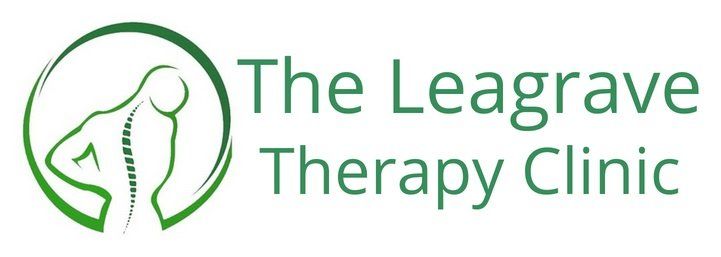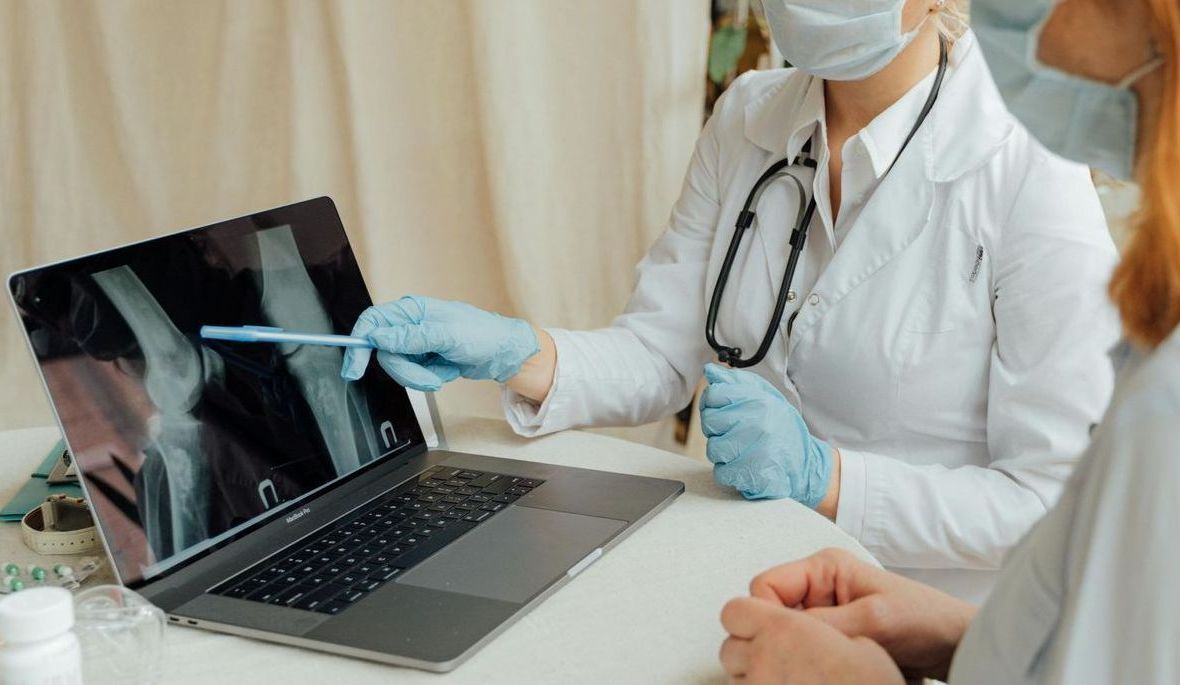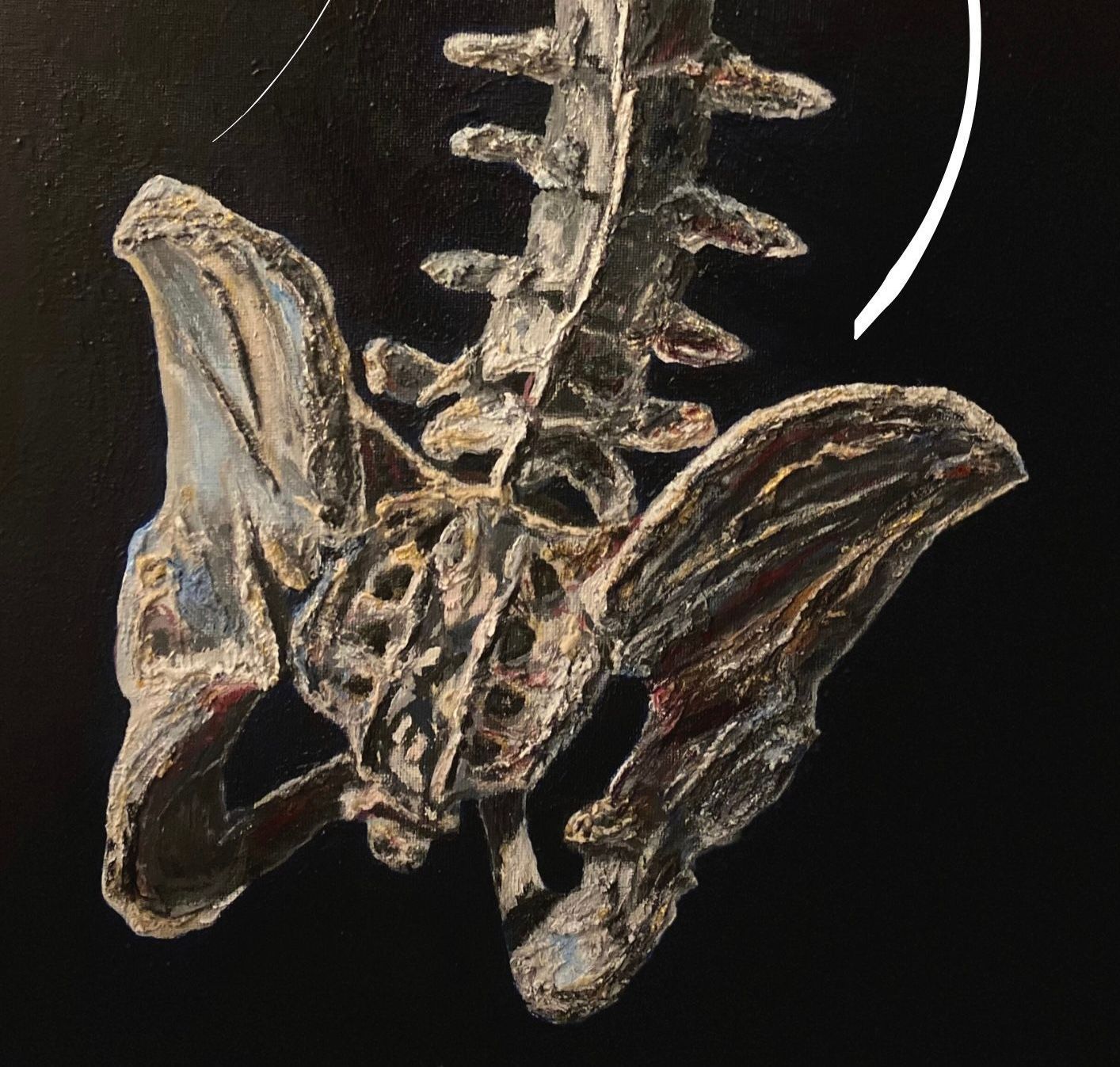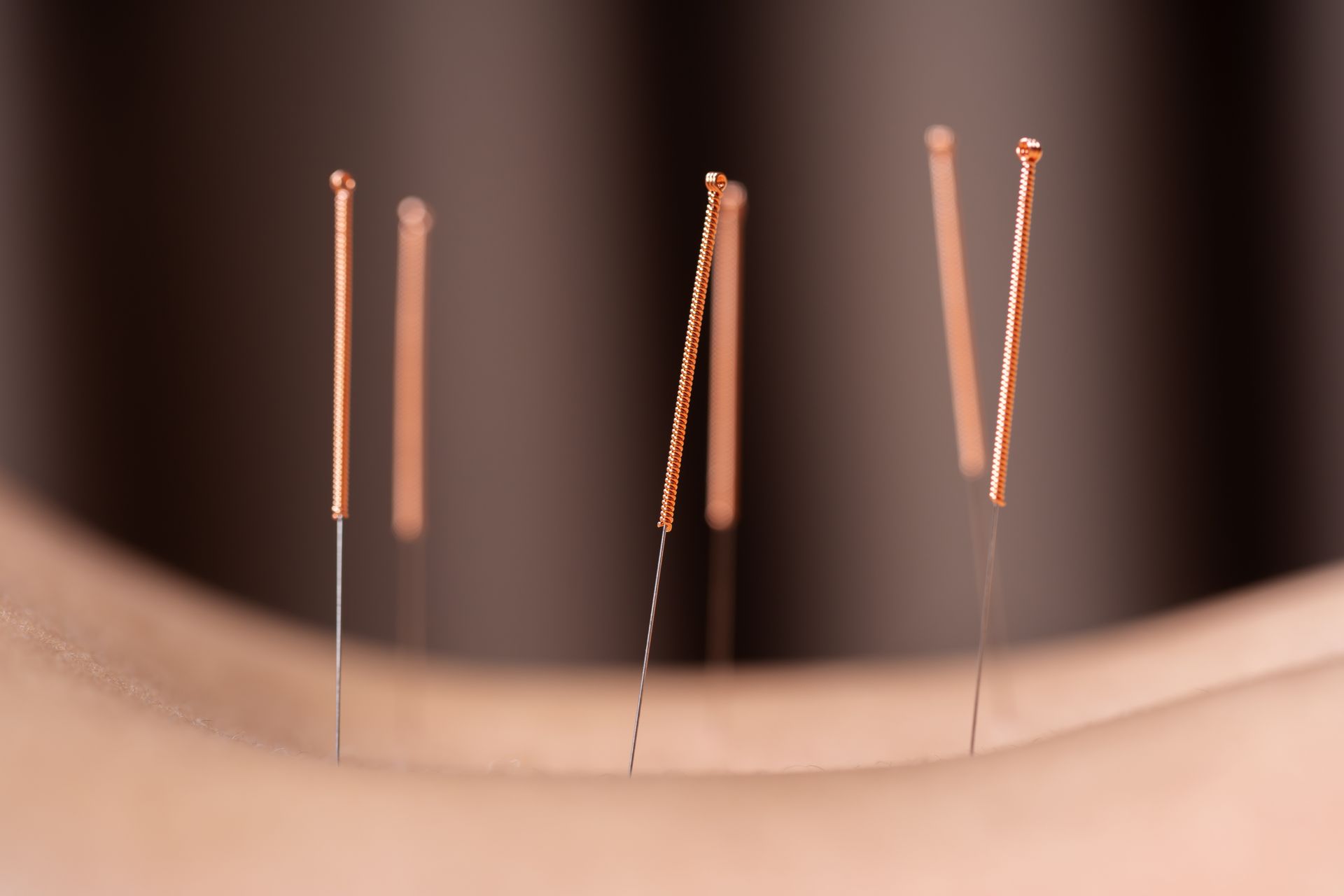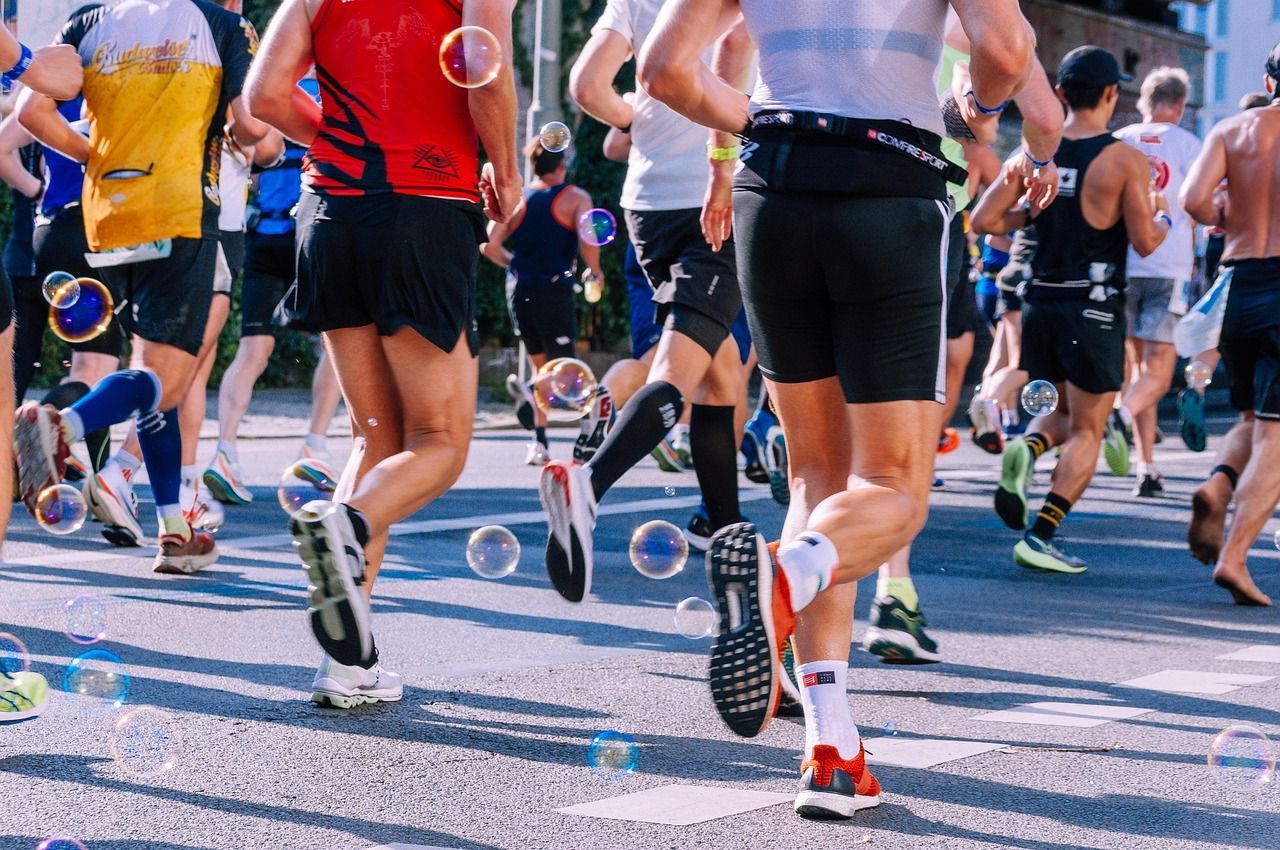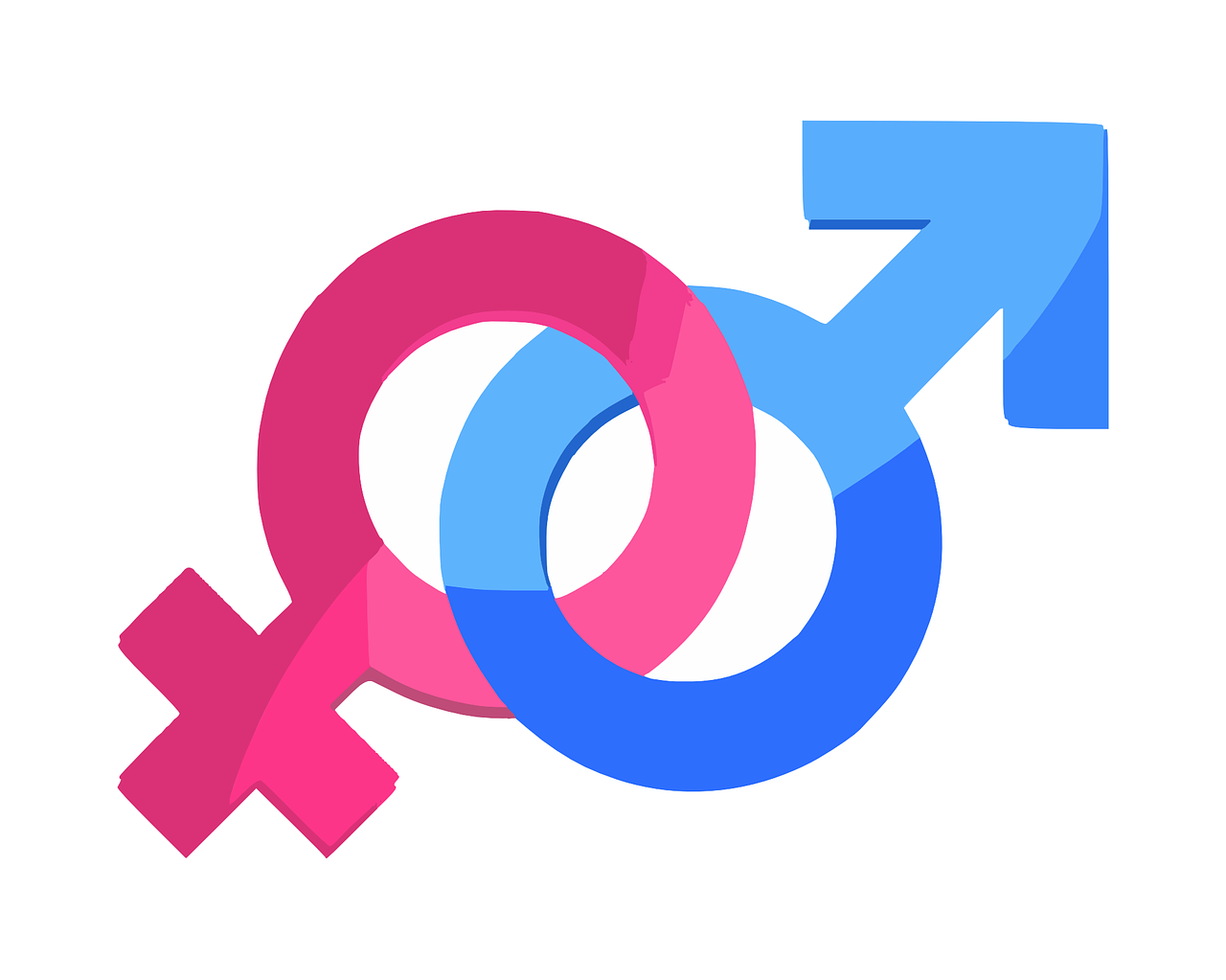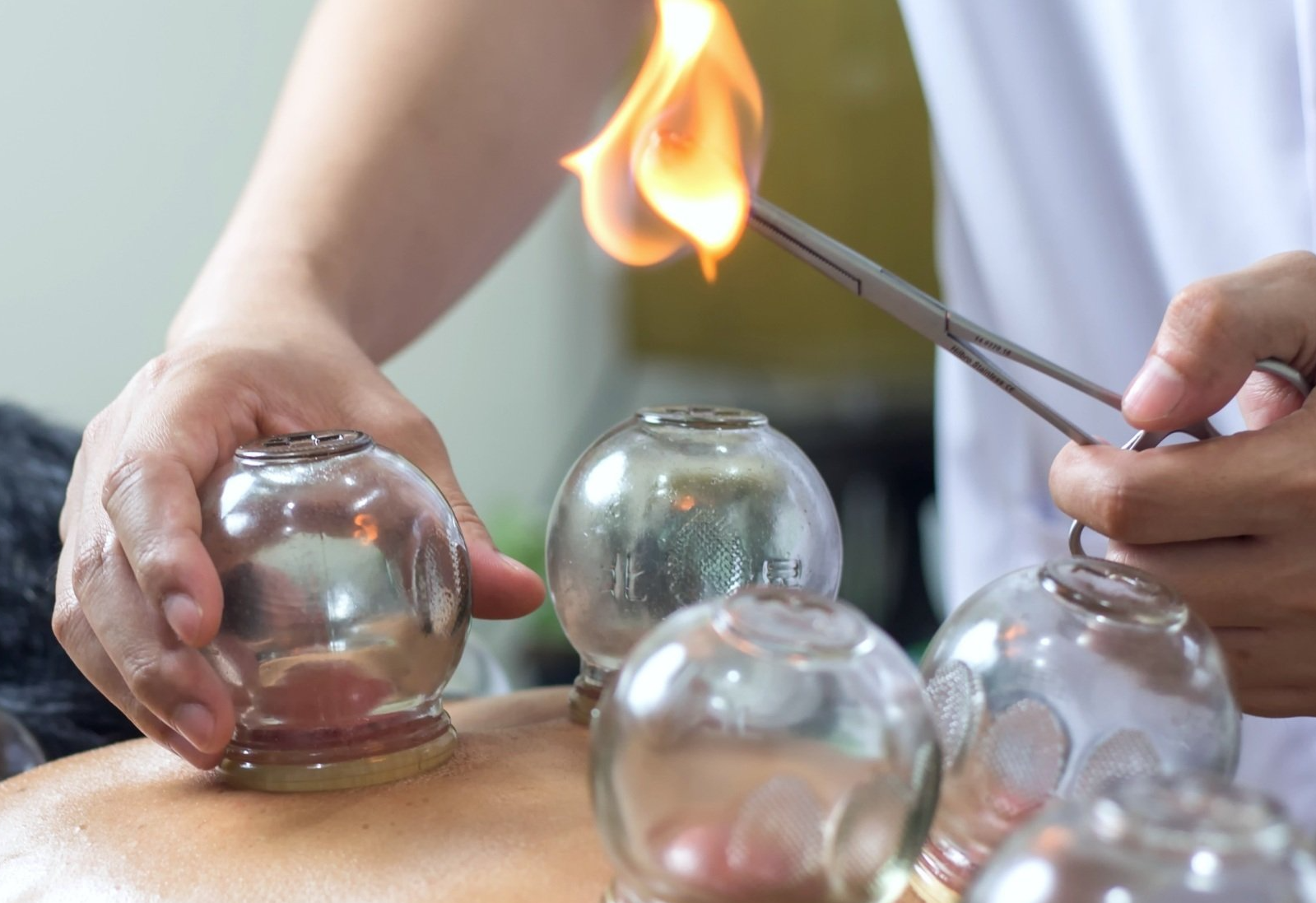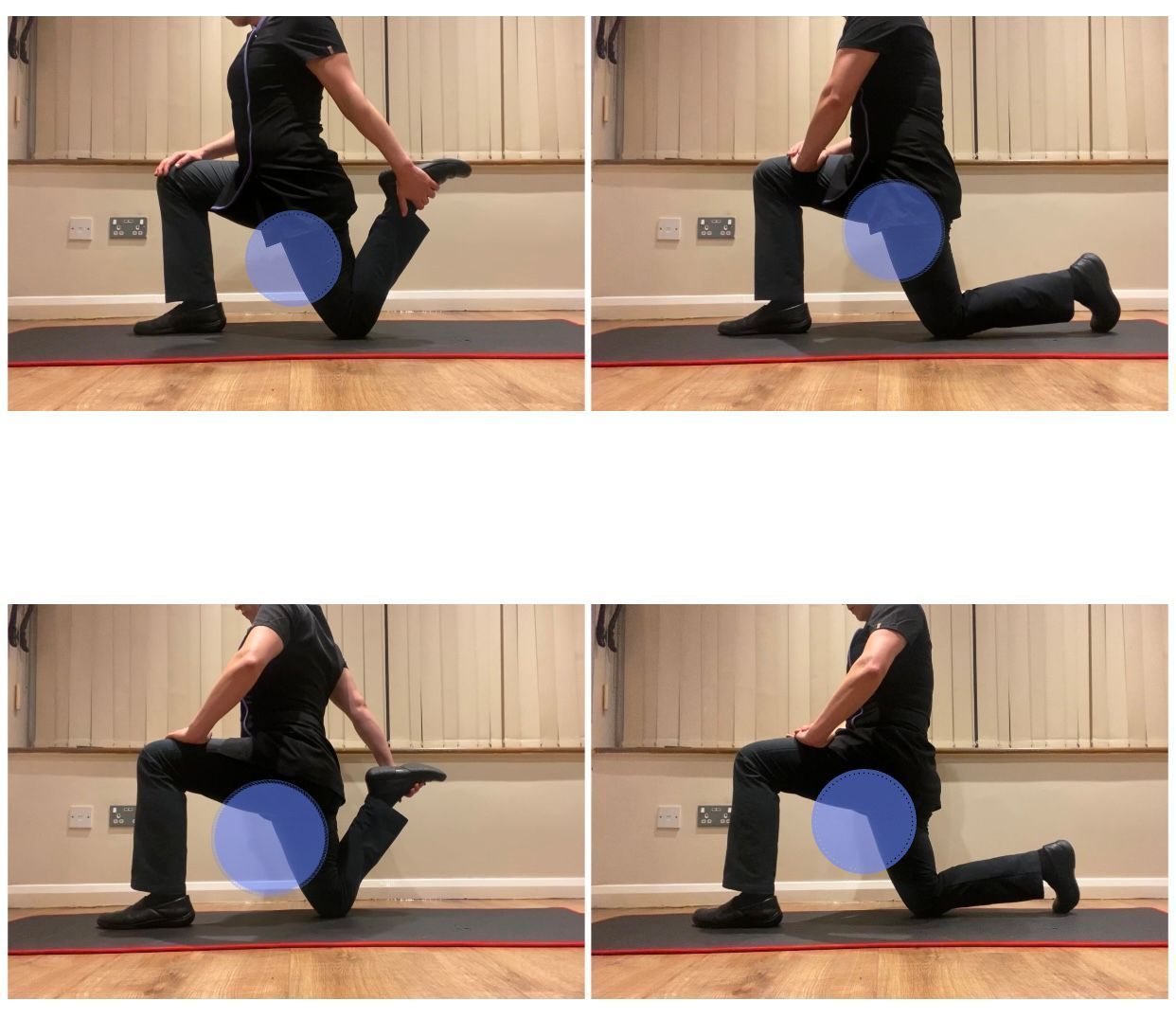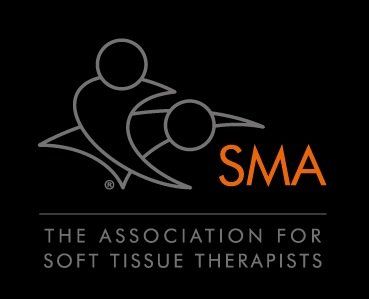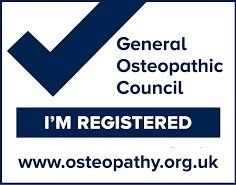Neck Pain and Levator Scapulae Syndrome
- by Joanna Blair
- •
- 19 Oct, 2021
- •
Causes, Symptoms, Diagnosis and Treatment
The word 'levator' comes from the Latin 'levare', meaning "to raise" and scapulae refer to the scapulas, or shoulder blades, possibly originating from the Greek "skaptein," meaning "to dig" (2).
The levator scapulae's main pain zones are the sides of the neck and the upper shoulders. This muscle can cause discomfort in the shoulder blade and the margo medialis or the zone along the inner boundary of the shoulder blade. It can also contribute to deep, aching sensations and tightness felt in the neck, over the top of the shoulders, or between the shoulder blades. Patients may also experience painful neck and impaired movement whilst rotating their head or lifting the neck from a supine position.
The levatore scapulae muscle can have involvement in numerous pathologies including the following (2):
- Snapping scapula syndrome: this may present as painful crepitus or 'clicking' and commonly manifests secondary to a chronic injury, overuse, or muscle imbalance that impacts the scapulothoracic articulation (2).
- Levator scapulae syndrome:pain over the upper medial angle of the scapula.
- Sprengel deformity.
- Cervical myofascial pain; myofascial pain is not completely understood but commonly results from postural mechanics, muscle overuse, trauma, or secondarily to another pathologic condition such as fibromyalgia. Cervical myofascial pain can be local, regional, or characterised by trigger points (2).
- Fibromyalgia.
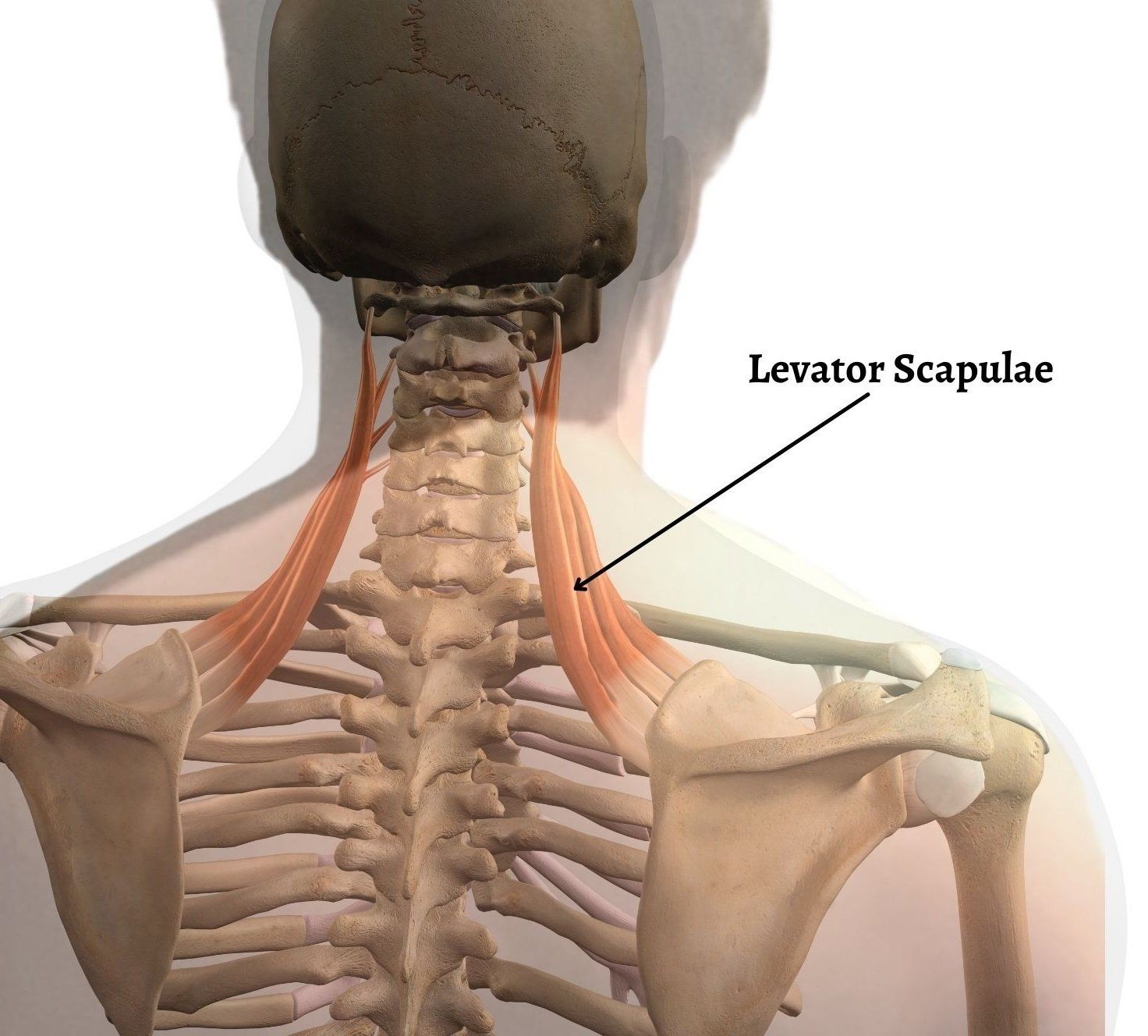
Anatomy
Function
The primary action of the levator scapulae is to elevate the scapula and works with the trapezius and rhomboid muscles to accomplish this motion . The levator scapulae also inferiorly rotates the scapula, depressing the glenoid cavity and assists in neck extension, ipsilateral (same side) rotation, and lateral flexion (2).
Etiology of levator scapulae syndrome

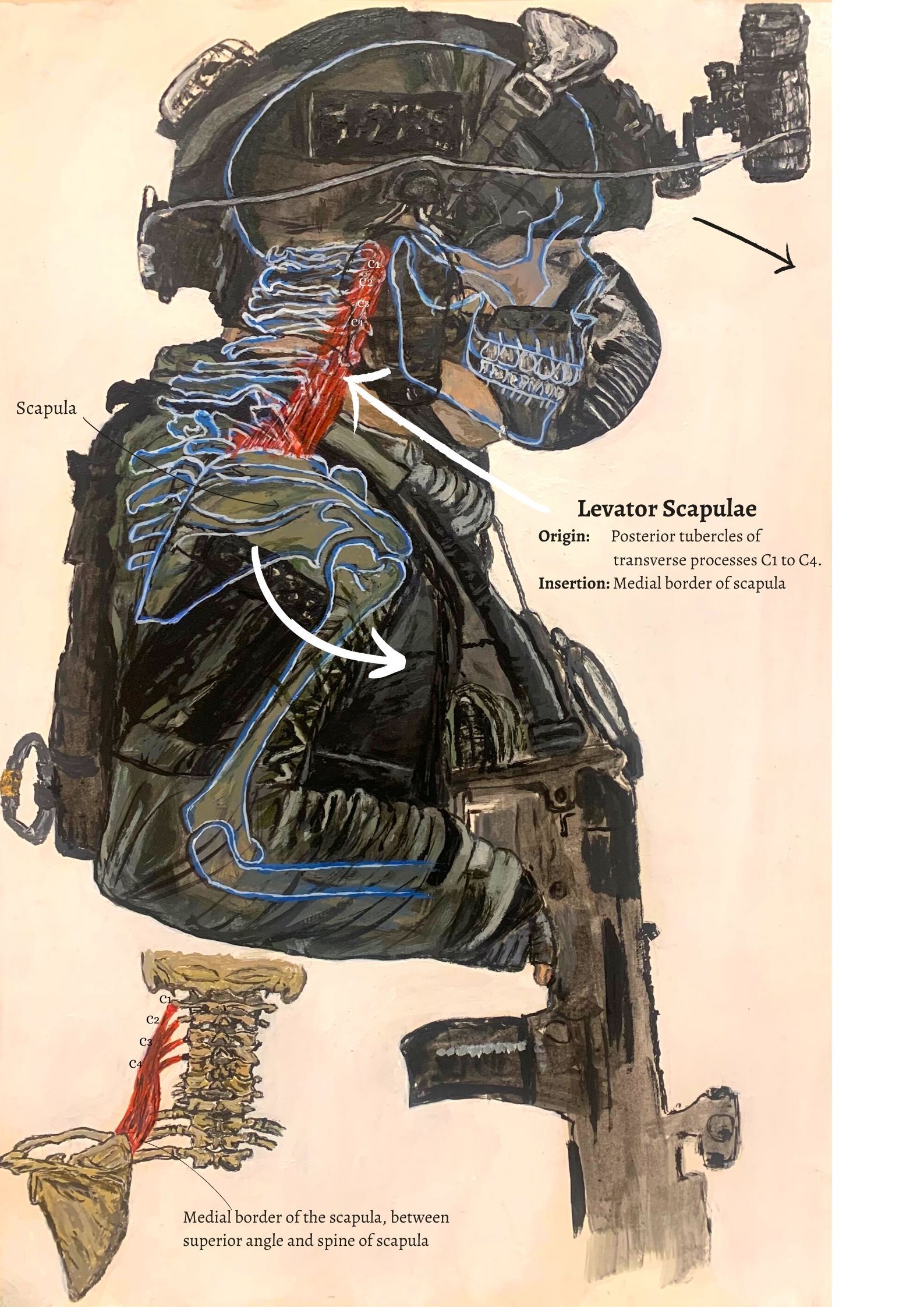
The levator scapulae might affect military personnel. Such individuals are commonly known for carrying heavy equipment and perform repetitive load bearing activities that may compromise their upper body posture and lead to chronic stress or recurrent injury to muscles or joints within the neck including the levator scapulae.
Trigger Points
The levator scapulae is a common location for trigger points and frequently has a tender point associated with the diagnosis of fibromyalgia (3).Two trigger points in the lower portion of the Levator Scapulae muscle can cause pain. The lower trigger point is located directly above the superior angle of the scapula, and the higher trigger point is located 1-3 inches above it. Both trigger points are located deep within the upper trapezius muscle and convey pain laterally to the shoulder blade. Patients with mechanical neck discomfort are more likely to have active trigger points. and symptoms of levator scapulae pain can cause restricted range of movement, especially reduced cervical flexion and side flexion to the contralateral side.
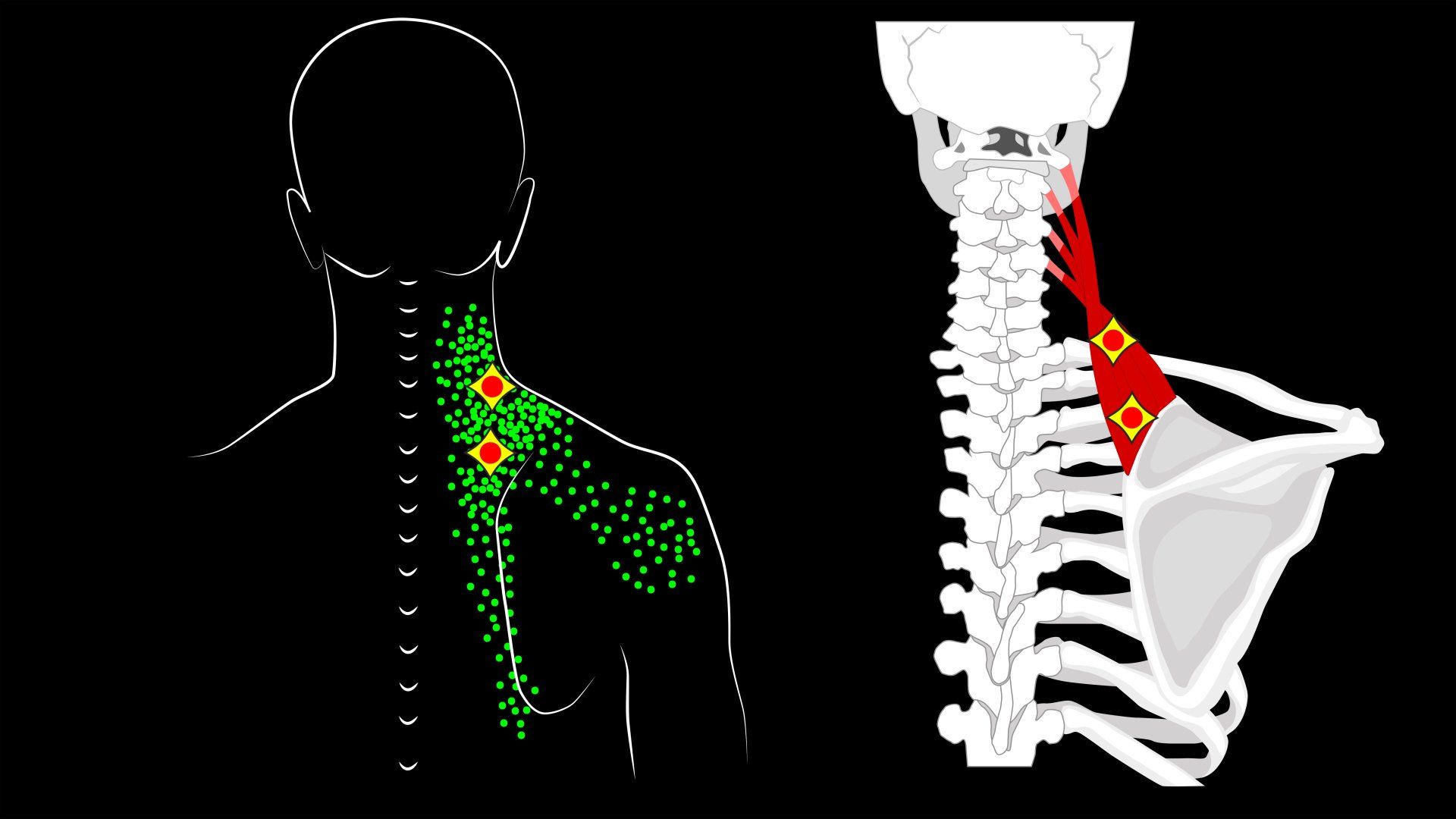
Treating Levator Scapulae Tendonitis, How Might Osteopathy Help?
Identifying the cause of pain and correcting any biomechanical issues contributing to the condition, such as neck or shoulder muscle imbalances, postural issues, or thoracic/ upper back mobility problems are usually addressed first. Physical threapy treatment may assist patients in reducing the amount of stress exerted on the neck muscles such as the levator scapulae and create better postural habits. Patients are often given home exercises for the shoulder, neck, and upper back muscles for strength and flexibility.
Manual therapy applied techniques may include active release tecniques (ART) where the clinician applies deep tension at the area of tenderness whilst the patient is instructed to actively move the injury site from a shortened to a lengthened position .Other deep soft tissue massage techniques may be considered along with passive stretching and osteopathic adjustments depending on the individual's medical case history and appropriateness.
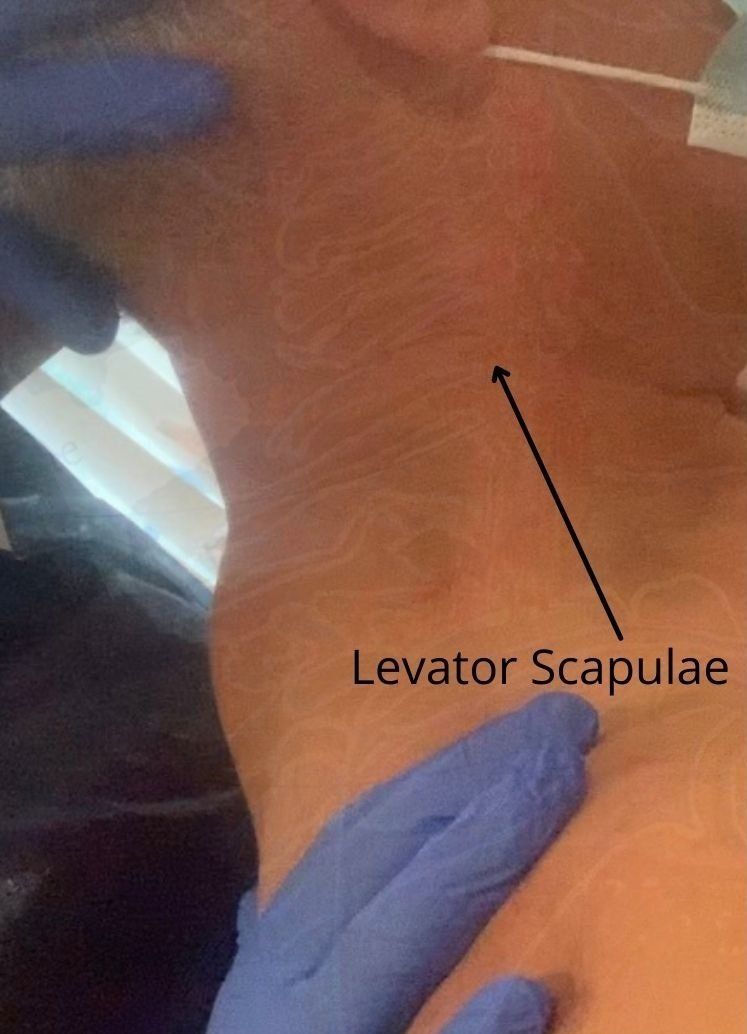
References
2. Henry, J. P., Munakomi, S. (2021) Anatomy, Head and Neck, Levator Scapulae Muscles, StatPearls Publishing LLC.
3. Physiopedia (2021) Levator scapulae Syndrome, https://www.physio-pedia.com/Levator_Scapulae_Syndrome [online], Last visited 19/10/2021.
